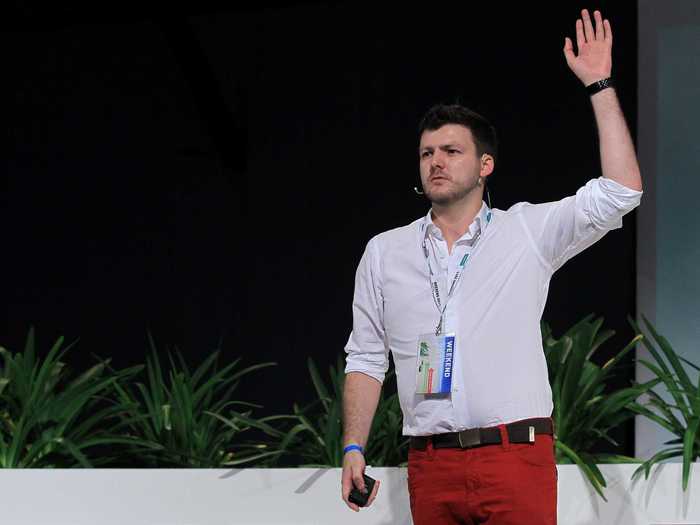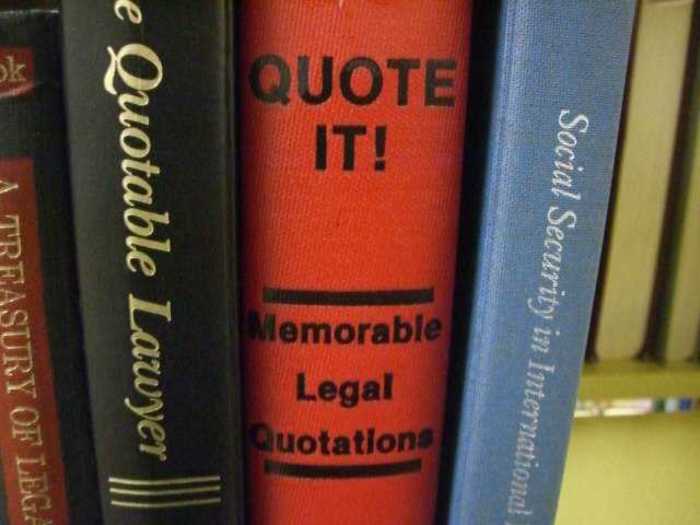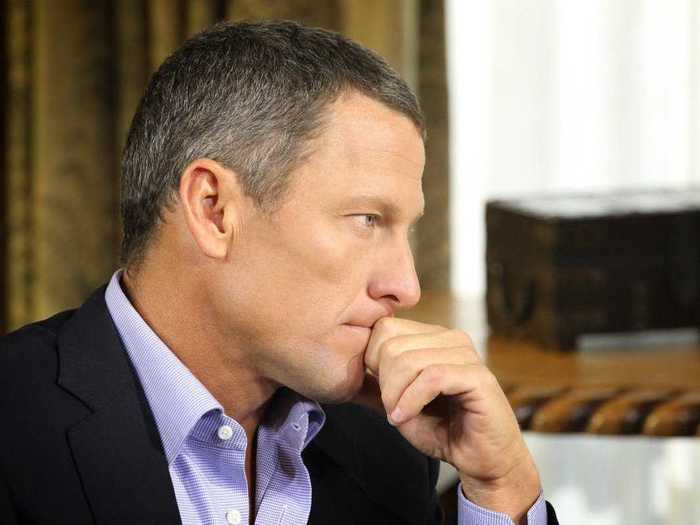7 Excellent Ways To Start A Presentation
1. Tell a captivating story.

2. Ask a rhetorical thought-provoking question.

As Shakespeare wrote in "The Merchant of Venice," "If you prick us, do we not bleed? If you tickle us, do we not laugh? If you poison us, do we not die? And if you wrong us, shall we not revenge?"
"As a speaker, you ask rhetorical questions for persuasive effect; you don't expect the audience to answer aloud, rather silently to themselves," Price explains. When crafted and delivered well, rhetorical questions influence an audience to believe in the position of the speaker. "Clearly, Shakespeare's character Shylock is leading his listeners to think 'yes' four times in order to justify revenge against Antonio. What do you want your audience to say 'yes' or 'no' to?"
In addition to yes or no questions, you can also arouse curiosity and motivate your audience to think about the answer, she says.
3. State a shocking statistic or headline.

Price says the vice president of sales for America's leading healthcare IT company successfully sells software solutions to hospitals by starting her presentations with the following:
"According to a new study in the Journal of Patient Safety, medical errors leading to patient death are much higher than previously thought. Preventable adverse events, known as PAEs, cause up to 400,000 deaths per year for patients who seek care at a hospital. That means medical errors are the third leading cause of death behind heart disease and cancer. Our vision is to create a world free of medical errors, and we need your help."
"The statistic, bold claim, or headline needs to be directly related to the main purpose of your presentation," Price explains. "Its impact ideally persuades the audience to listen and respond positively to your recommendation and next steps."
4. Use a powerful quote.

"Employ the wise words of a well-known person because the name allows you to tap into his or her credibility, likeability, and notoriety," she says. The quote must have meaning and relevance to the audience.
Imagine you're urging a group to reach consensus, or giving a talk on conflict management. You could open with: "Mark Twain once said, 'If two people agree on everything, one of them is unnecessary.' Even though some of us disagree on the xyz issue, each of us is necessary in the reaching a resolution."
5. Show a gripping photo.

A picture is worth a thousand words — "maybe even more," Price says.
"Use photos instead of text, when possible," she suggests. A quality photo adds aesthetic appeal, increases comprehension, engages the audience's imagination, and makes the message more memorable.
Price offers the following example of an effective use of an image:
The president of an electronics equipment company needed his managers to cut costs. Rather than showing mundane charts, graphs, and spreadsheets, he opened the meeting by asking, "What sank the Titanic?" When everyone in unison replied, "an iceberg," he displayed a beautiful high-definition image of an iceberg on the screen: the tip of the iceberg was clearly visible above the water; the much larger portion was dimly visible below the surface of the water.
"The same thing is about to happen to our company," he continued. "Hidden costs — the dangers beneath the surface — are about to sink this company. I need your help." This visual metaphor spawned a creative, productive brainstorming session that inspired every business unit manager to diligently hunt for what they labeled the "icebergs," says Price. The result was saving millions and ultimately the company.
6. Use a prop or creative visual aid.

"A prop is a magnetic tool that hooks your audience and keeps them watching — or listening," Price says. A visual aid can also help emphasize a point.
Price uses the example of a sales VP at a large insurance company, who happens to be an avid tennis player. She says he wanted to kick off his annual meeting with a bang — so he "brilliantly used his tennis racquet to emphasize 'acing the competition,' 'rallying together as a team,' and winning a 'grand slam' through great customer service." Year after year, other speakers were compared to this leader's creative ability to present a motivational message, she says.
"Think about how you could use items like a big wall clock, a colorful gift bag, juggling balls, a deck of cards, a bunch of carrots, or another prop, to introduce your topic, captivate the audience, inject humor, and drive home your message."
7. Play a short video.

Imagine kicking off a product management meeting with a video of compelling customer testimonials, or opening a fund raising event for endangered species by showing an Amur Leopard playing with her cubs in the wild.
"Videos evoke emotional responses," Price explains. "Unlike text and bullet points on a slide, you can employ people, pictures, and sound to reel in the audience, add drama, and communicate the gist of your message quickly." As Walt Disney said, "I would rather entertain and hope that people learned something than educate people and hope they were entertained."
Popular Right Now
Advertisement
